Where do you excel? Applying Growth Mindset in Learning Environments
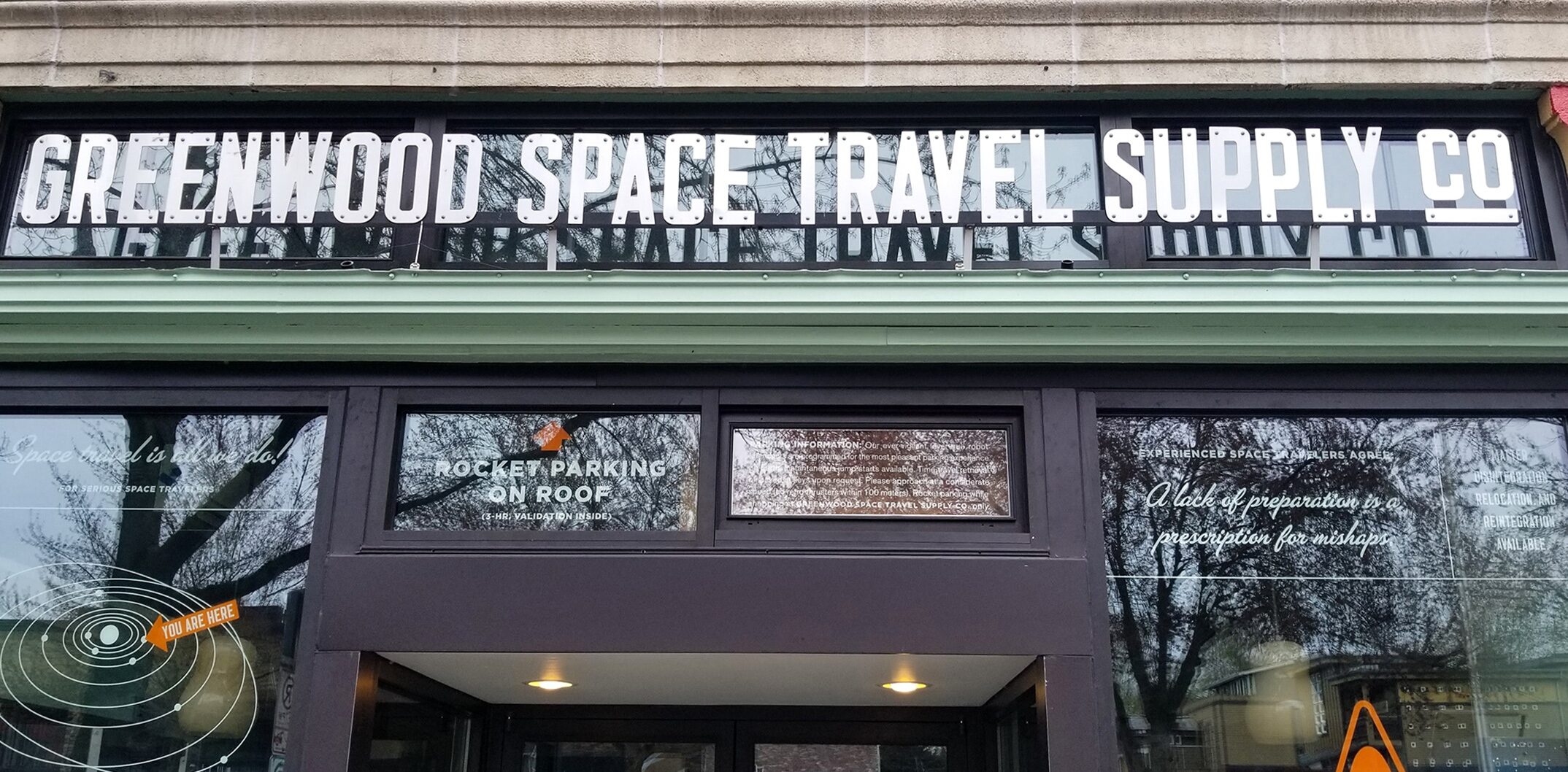
Imagine the idea of literally being transported into a new type of learning environment, where there are endless possibilities.
Now. REALLY think about it. What do you see? How does it make you feel?
In the fall of 2017, I was walking down the street in a local Seattle neighborhood admiring the storefronts of the different shops that lined the block. One in particular caught my eye: Greenwood Space Travel Supply Co. I did a double take. A space travel supply company? In Seattle? Computers, space mobiles, and astronaut helmets fill the window, and I knew I had to go inside. At the very least, I could find something to decorate my son’s space-themed room.
Upon entering, I was immediately greeted by shelves filled with cans of Resilience and Uncertainty, astronaut ice-cream, a cutout display of David Bowie as Ziggy Stardust, and a transporter. Yes, a transporter. I took a peek through the large metal structure, and saw a space on the other side that looked an awful lot like a classroom. And then I got excited.
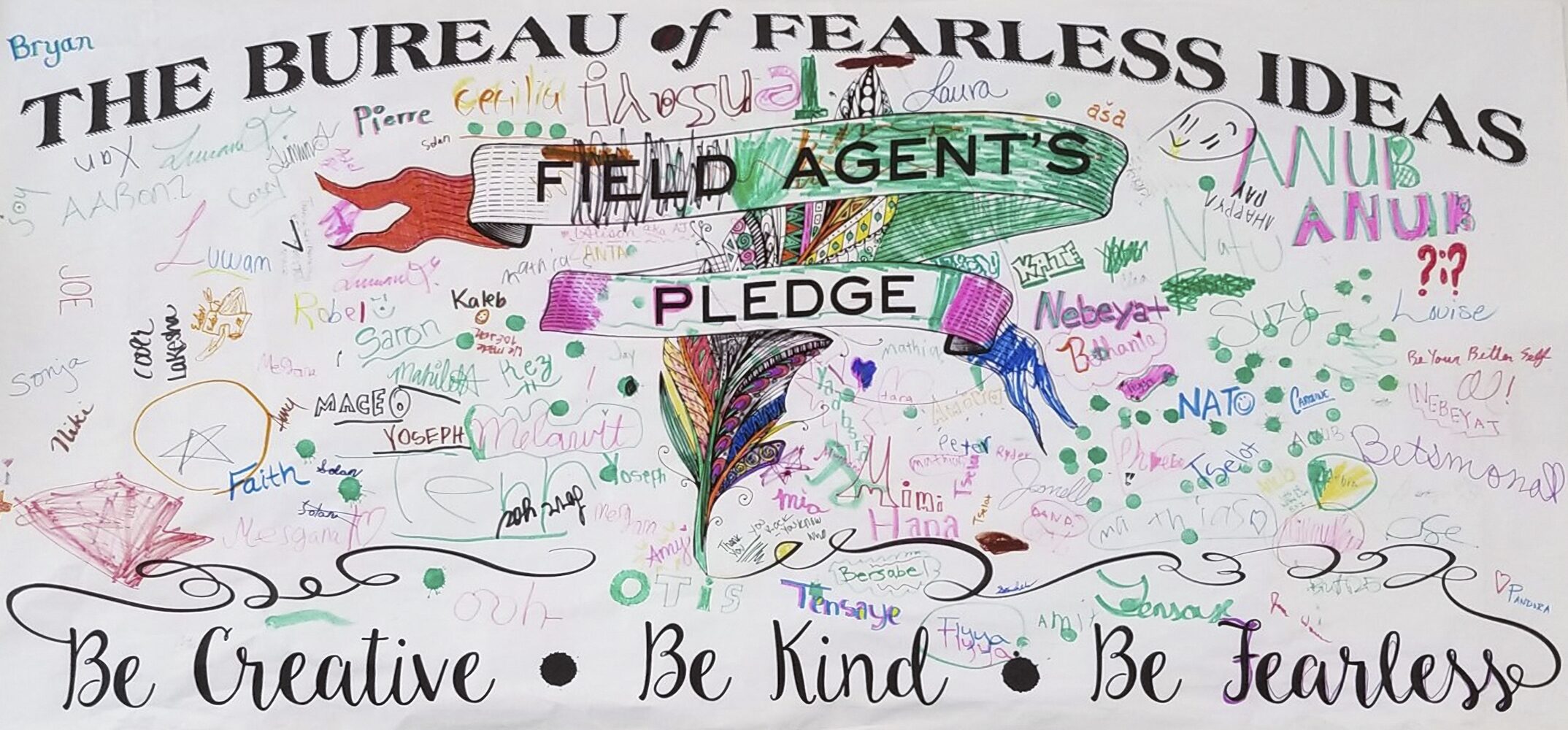
A banner hanging inside the Bureau of Fearless Ideas broadcasts the pledge that every student makes when they join the program: Be creative. Be kind. Be fearless.
Soon after I was greeted by Faith Eakin, the Lead Program Manager for the organization that operates out of the storefront: The Greater Seattle Bureau of Fearless Ideas (BFI). Faith explained that BFI is a non-profit, writing-focused afterschool tutoring program that centers its teaching model on growth mindset. And their rules are simple: Be creative. Be kind. Be fearless.
This is a place where kids choose to go in order to learn more. They want to be there. And it is an environment where students feel empowered to explore all the possibilities. I wanted to get involved. I wanted to understand growth mindset. And this space, it had energy.
What is Growth Mindset?
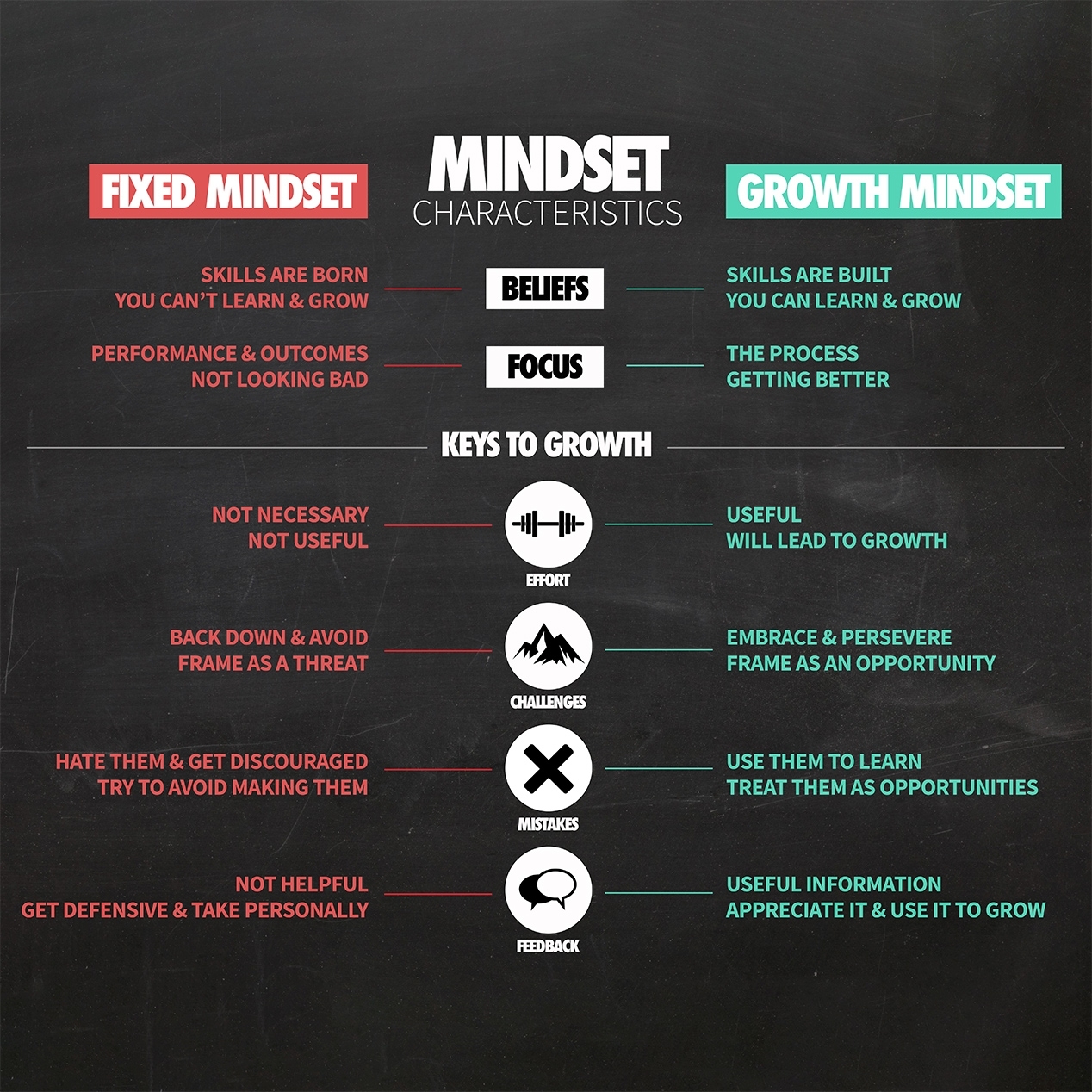
The differences between fixed mindset versus growth mindset. Image courtesy of www.trainugly.com
Developed by Stanford researcher Carol Dweck, growth mindset is an idea that opposes the pre-existing notion of the fixed mindset, which asserts that people are born with certain characteristics (smart, strong, kind, adventuresome, etc.) and they don’t really change. A growth mindset philosophy allows a person to believe in the possibility of changing their preconceived characteristics, and that abilities and intelligence can be developed over time. Emotional Intelligence is the basis for developing Social Emotional Learning programs in schools.
Why is Growth Mindset important?
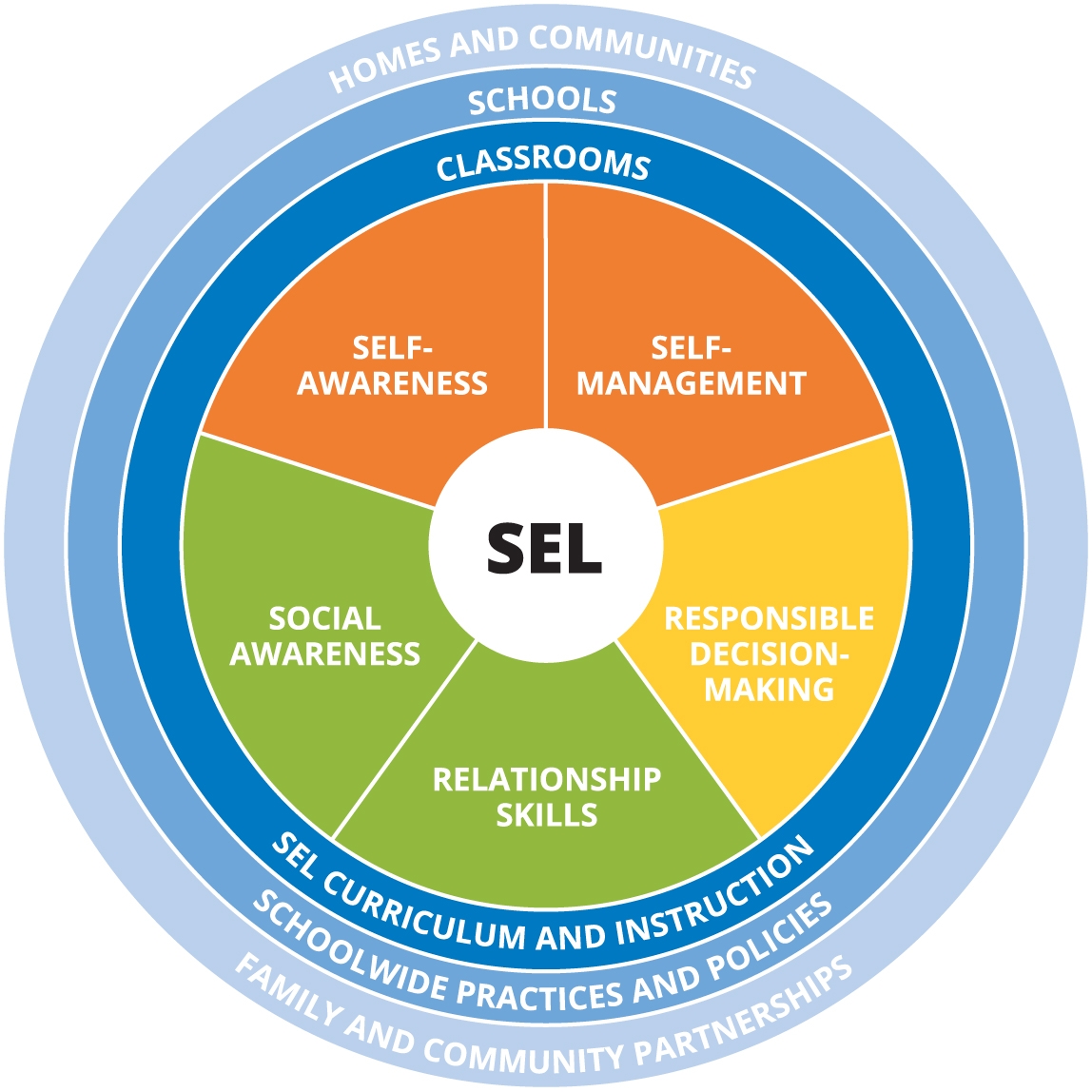
The core Social Emotional Learning competencies. Image courtesy of https://casel.org/core-competencies/
The role of school is changing. Gone are the days of memorization, and stand-and-deliver teaching. The “traditional” college student that comes straight from high school is no more. 1 Students need to leave school with critical thinking abilities and skills for the real world. These skills are the basis of Social Emotional Learning (SEL): self-awareness, self-management, responsible decision making, relationship skills, and social awareness. 2 Growth mindset feeds into emotional intelligence, which is the basis for SEL in schools. 3 Even as adults within our own professions, we have resources that help us identify traits based on these skills, in an effort to outline our strengths and weaknesses to indicate where we excel and where we can improve. SEL provides a foundation for safe and positive learning, and enhances students' ability to succeed in school, careers, and life. 4
Growth mindset helps develop resilience and grit while encouraging passion; it prepares students for the world they will be living in. It stresses the idea that mistakes will happen, but rather than giving up they should learn from them and move forward. It supports students’ social and emotional development by providing a safe atmosphere that encourages listening, collaborating, and accepting challenges rather than shying away from them. It transforms the language they use from “I’m not smart enough” to “learning is hard.” It enhances their world view by looking at situations from different perspectives.
Getting Involved
After discovering BFI and all of the amazing work they were doing, I returned to my office and shared my experience meeting Faith and learning about the program to my colleagues. As architects and designers who are passionate about how the built environment impacts student success, it wasn’t long before a group had formed that wanted to get involved with the organization. Faith had also mentioned that part of BFI’s program included hosting a series of volunteer-led clubs that interested students could participate in. These clubs covered a variety of topics, ranging from Pen Pal and Song Writing Club to Science and Makers Club, exposing students to a variety of disciplines with a growth mindset approach to the curriculum. Proposing a club that would teach kids the fundamentals of architecture was the perfect way to get involved; and thus, Building Future Architects was formed.
A handful of 4th and 5th graders signed up and we had the opportunity to expand their understanding about what architecture is and about the role architects play in their world and schools. Our initial course outline was fairly structured, with a new topic introduced each week followed by time for the kids to explore and master it. However, we quickly discovered that using a growth mindset approach, our time spent with the kids needed to be much more flexible. Whether we were exploring geometric shapes and understanding structure with marshmallow and toothpicks, or writing about a typical day at their dream school to help develop a design concept, the curriculum needed to organically evolve. We found ourselves adjusting our mindsets and our approach to teaching. Our initial, preconceived (almost fixed) idea of how the program would unfold was being challenged by embracing a growth mindset. We were figuring out together that there is not one way to teach or learn things. And that was okay.
Transport yourself to The Greater Seattle Bureau of Fearless Ideas and explore NAC’s Building Future Architects Club in the video above; along the way you may just change your mindset.
A Space that Transports and Transforms
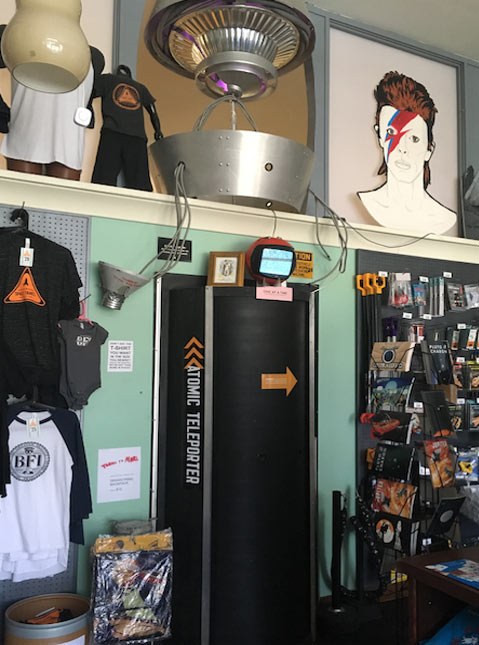
The doorway that leads to BFI’s space inside the Greenwood Space Travel Supply Co. is labeled an “atomic teleporter,” designed to give students the feeling of being physically transported to a new environment.
Educational delivery has changed significantly over the last 20 years, and it will only continue to evolve. More and more educators and school district administrators are turning to social-emotional learning models, with an increased focus on project-based learning, student-led curriculum, and growth mindset, which are all aimed at boosting critical thinking skills for the real world. At NAC, we consistently encourage our clients to consider flexibility when designing their learning environments, in an effort to create spaces that can adapt to these changes in pedagogy. But how do flexible and adaptable spaces relate to teaching models, approaches, and strategies? How, as architects and designers do we support these concepts? By creating spaces that offer variety and choice.
When students walk through the transporter inside the Greenwood Space Travel Supply Co., their environment is immediately transformed from a neighborhood storefront to BFI’s learning space. There are clocks on the wall that whimsically display the times of different neighborhoods in Seattle, a space race chalkboard wall that tracks writing projects, and BFI’s pet lizard, Fashion. To kids who attend BFI, this space is not a classroom. It is different from their school – there is more variety, more choice, and more eclectic prompts to spark creativity and exploration.
The space is broken into distinct areas that each support different activities. Some of these include the Tutoring Tables, the Quiet Zone, the Kindness Center, the Mindfulness Station, and the Neptune Room. This room is an adaptable space, which can serve as a club meeting room, a breakout tutoring space, or a makerspace depending on the specific needs of whomever is using it. The Mindfulness Station provides tools to help students de-stress, such as comfortable seating, brain break cards, essential oils, moonstones/worry stones, fidget spinners, and stress balls. However, even this part of the room is flexible, and also functions as a stage for concerts, poetry readings, or presentations. It is also the space where students go for daily “community moments,” where they spend five minutes at the beginning of each tutoring session to connect with and hear from everyone.
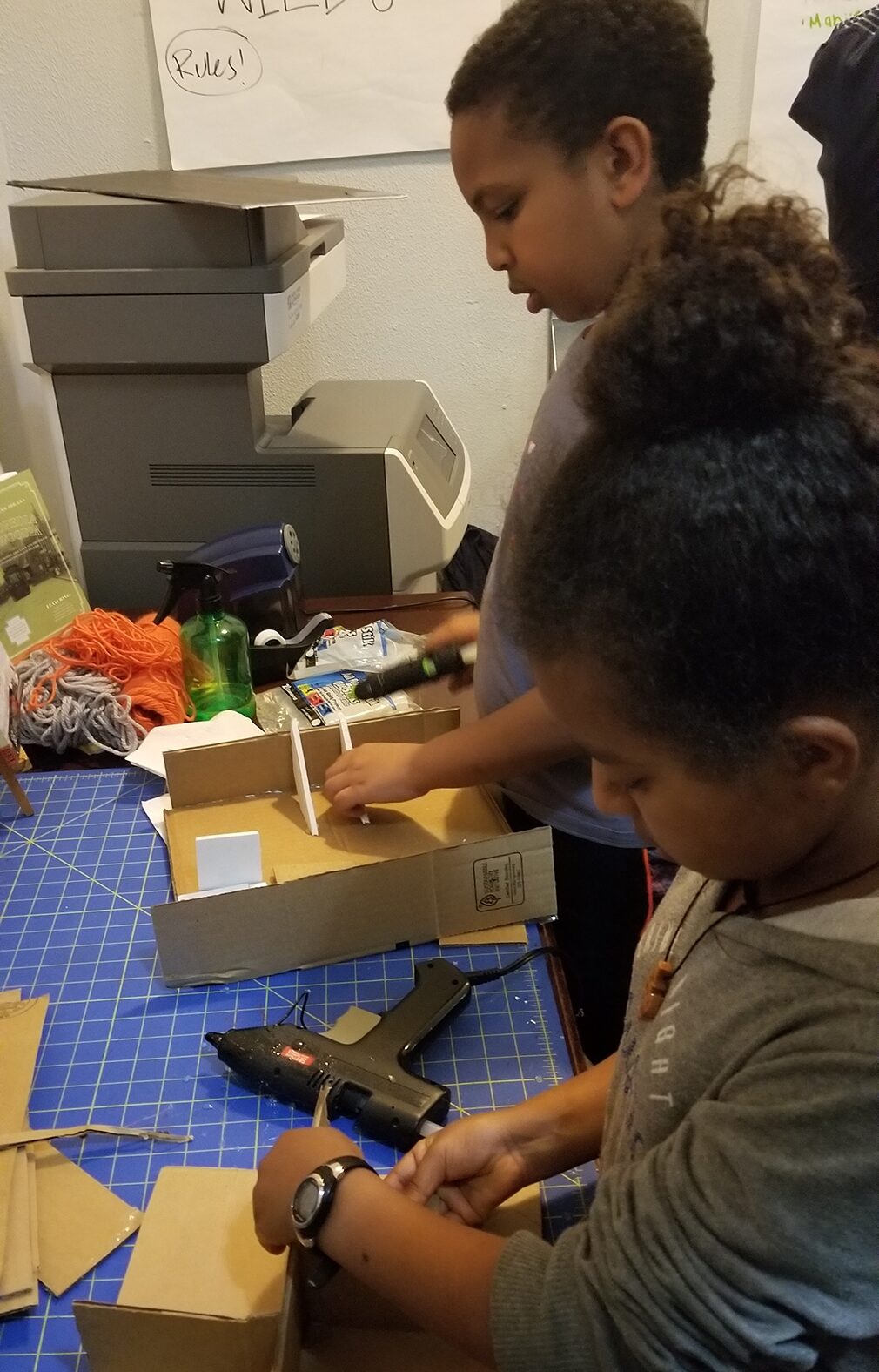
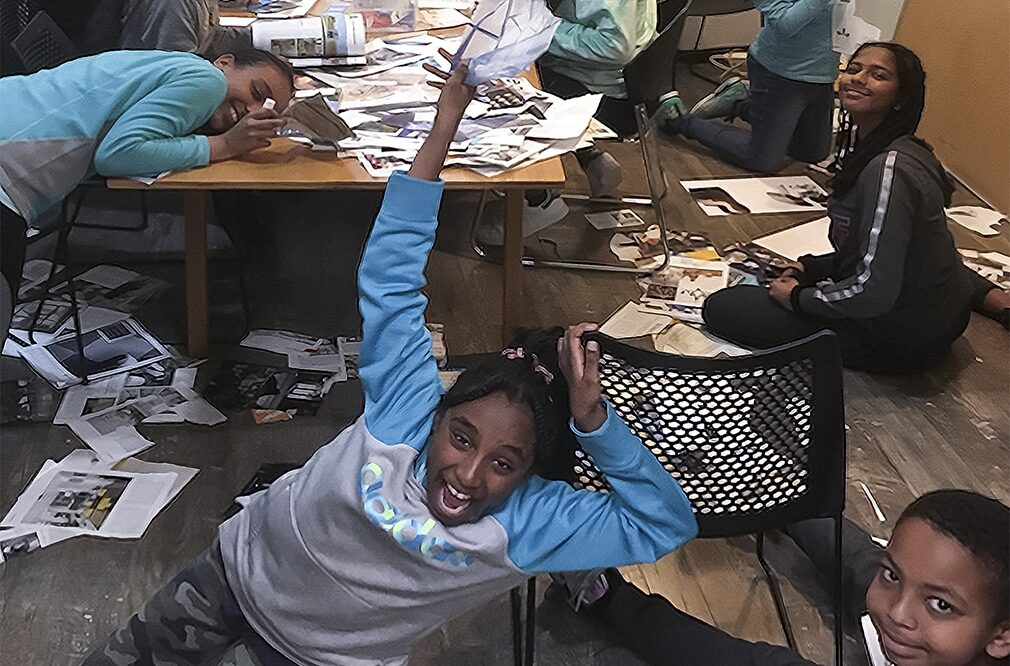
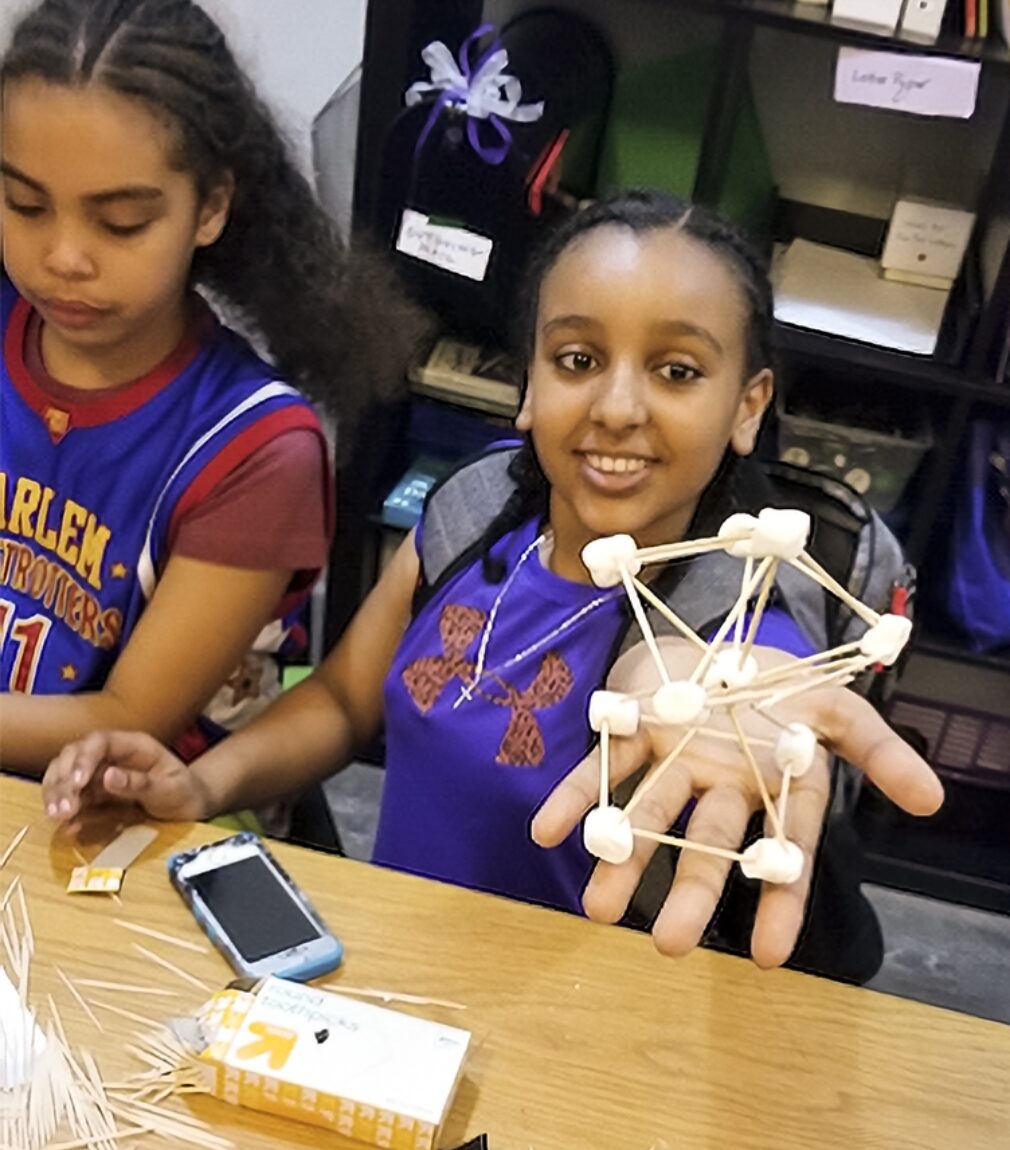
Students engaged in a variety of design activities during the Building Future Architects program.
Conclusion
As pedagogies continue to evolve, it is becoming clear that for students to become lifelong learners, they need to develop skills that may not be inherent. By promoting critical thinking and a growth mindset approach to learning, we can inspire students to succeed. The built environment can support this shift in learning by providing space that is not only flexible and adaptable, but offers variety and choice.
The Greater Seattle Bureau of Fearless Ideas is doing just that; and they’re evolving. Each summer, Faith and the team at BFI assesses their space and makes necessary changes in order to provide kids with updated variety and choice. As an architect who is passionate about creating learning environments for children to become responsible members of society, I see this as an important shift in how we approach designing the classroom and its surrounding spaces. Let’s start by thinking about what skills we want our kids to have. How can the built environment support them? How can we challenge typical classroom organization to provide a variety of spaces that support choice? How can informal learning areas complement classrooms, to support Social Emotional Learning, and help students develop real-world skills?
For more information on the Greater Seattle Bureau of Fearless Ideas, visit http://fearlessideas.org/.
Special thanks to those who helped contribute to this blog post: Faith Eakin at BFI for exposing me to a new way of learning; the NAC Building Future Architects team of Philip Riedel, Cheryl Jacobs, Sara Vecchione, and Teresa Alvarado; and to all the kids at BFI who have inspired me to be resilient.
References
1 Nadworny, Elissa. (2018, September 4). Today’s College Students Aren’t Who You Think They Are. Retrieved from: https://www.npr.org/sections/ed/2018/09/04/ 638561407/todays-college-students- arent-who-you-think-they-are
2 What is SEL? (2018). Retrieved from: https://casel.org/what-is-sel/
3 Palmer, Ben. (2018, May). The link between Emotional Intelligence and Growth Mindset. Retrieved from: https://www.genosinternational.com/ growth-mindset/
4 Weissberg, Roger. (2016, February). Why Social and Emotional Learning is Essential for Students. Retrieved from: https://www.edutopia.org/blog/ why-sel-essential-for-students-weissberg-durlak-domitrovich-gullotta
